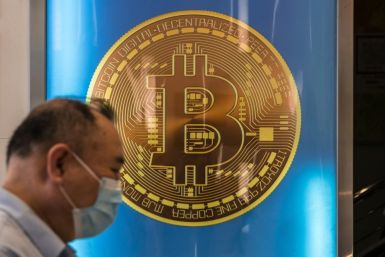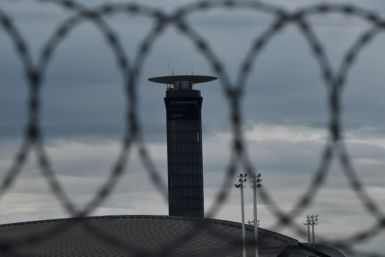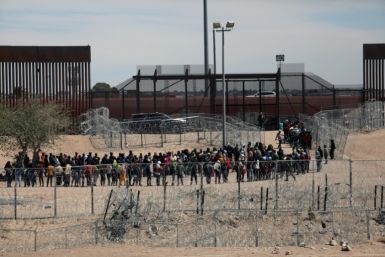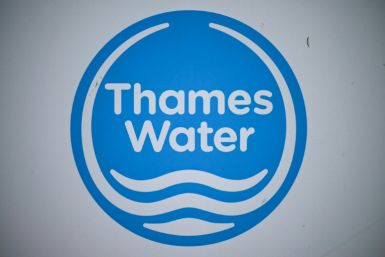Retail falls, jobless claims rise
Americans shopped less in July and more signed up for jobless benefits last week in a double dose of bad news for the U.S. economy just a day after the Federal Reserve said it saw a leveling out of the slump.
A Commerce Department report on Thursday showed total retail sales edged down 0.1 percent after increasing 0.8 percent in June. Excluding motor vehicles and parts, sales fell 0.6 percent in July after rising 0.5 percent the prior month.
Analysts had expected a boost to retail sales from the government's cash for clunkers program and predicted a 0.7 percent advance in overall July sales.
They said the program -- which gives consumers cash to swap aging gas-guzzlers for new, more fuel efficient models -- had pulled spending away from other sectors.
The data, combined with a report from the Labor Department showing first-time applications for state unemployment insurance benefits rose 4,000 to a seasonally adjusted 558,000 last week, were indications the economy faced a slow and difficult recovery from the worst recession in over 60 years.
In another indication of weak consumer demand, Wal-Mart Stores Inc on Thursday said sales at stores open at least a year fell in the second quarter and its chief executive said the economy will remain challenging in the short term.
BUMPY ROAD TO RECOVERY
The road to recovery will be bumpy ...it is likely to be unusually slow to get traction before accelerating to a more robust growth path next year. The consumer is not going to lead the recovery, said Stephen Stanley, an economist at RBS in Greenwich Connecticut.
The Federal Reserve, in leaving short-term interest rates near zero on Wednesday, said economic activity was leveling out. But it noted that sluggish income growth and continued job losses were constraining household spending, which was showing signs of stabilizing.
U.S. stocks opened lower on the economic data, but changed course as investors drew some comfort from Wal-Mart's earnings which beat market expectations. [ID:nN13399911]. U.S. government debt prices rose, while the dollar fell to a one-week low against the euro.
Interest rate futures lowered the chances of an increase in the Fed's benchmark overnight interest rate to 42 percent in January from 46 percent before Thursday's data.
The retail sales data cast a shadow over an anticipated rebound in consumer spending in the current quarter. Spending, which accounts for over two-thirds of U.S. economic activity has been pressured by high unemployment.
The Reuters/University of Michigan Survey of Consumers due on Friday is expected to show sentiment perked up slightly in August, which analysts said might help spark a stronger spending environment for the rest of 2009.
The government's report last month on second-quarter gross domestic product showed consumer spending fell at a 1.2 percent annual rate after edging up 0.6 percent in the first quarter. Despite signs the recession is winding down, companies are slow to hire, though the pace of layoffs has dropped markedly.
GREEN SHOOTS IN GERMANY, FRANCE
Elsewhere there were signs of a pickup in global economic activity. Germany and France reported a surprise return to economic growth during the second quarter, ending their recessions earlier than many policymakers and economists expected.
In the United States, the decline in July retail sales was affected by a 2.1 percent drop in sales at gasoline stations. That stemmed from a retreat in gasoline prices during the month after a 6.3 percent surge in June.
Excluding gasoline, retail sales nudged up 0.1 percent. Sales were weak in nearly all areas of discretionary spending.
These data are a stark warning that households are not fit to drive a decent economic recovery, said Paul Dales, U.S. economist at Capital Economics in Toronto.
There was some ray of hope for the economy in the Labor Department report. The number of people collecting long-term unemployment benefits slipped by 141,000 to 6.20 million in the week ended August 1, the lowest level since mid-April.
(Additional reporting by Mark Felsenthal)
© Copyright Thomson Reuters 2024. All rights reserved.











